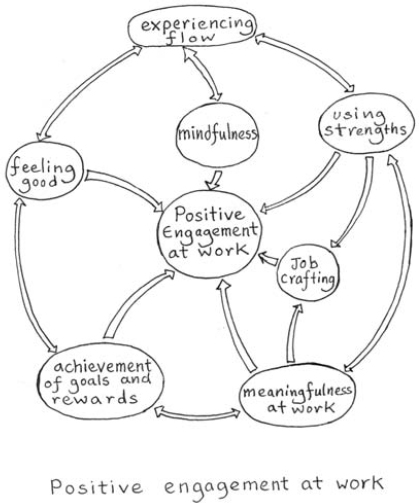Summary
In this chapter we have looked at the phenomenon of employee engagement and examined what we know about how to enhance it. We know that helping employees identify, develop and use their strengths aids engagement. We know that goal setting used to increase the opportunity to receive positive reinforcement (rewards) increases engagement. And we know that goal setting done badly can work to decrease engagement. We know that experiencing flow at work is likely to be a good sign of engagement; and we know that believing one's work to be meaningful is also a healthy sign of engagement. We also outlined some strategies to implement at the individual, organizational and leadership level that are likely to enhance the level of employee engagement. We also noted that while employee engagement brings benefits to the individual and the organization, employee disengagement is not neutral, but adversely affects both the individual and the organization. One might say there is a moral imperative to help people find meaning and engagement at work.

Figure 3.2 Positive engagement at work.
Psychometric measurement of strengths
A number of psychometric instruments exist for measuring personal strengths.
The VIA
This is Petersen and Seligman's original character strengths measure and can be accessed free of charge on www.authentichappiness.org.
Strengthscope
Developed by the Strengths Partnership, ...
Get Positive Psychology at Work: now with the O’Reilly learning platform.
O’Reilly members experience books, live events, courses curated by job role, and more from O’Reilly and nearly 200 top publishers.

